In many cases, Terminal on your Mac can be great for working with files, quickly controlling your Mac's settings, and a whole host of other useful purposes. In addition, you can also have fun with the Terminal in macOS - for example, with the help of one of the five tutorials that we bring you in our article today.
It could be interest you
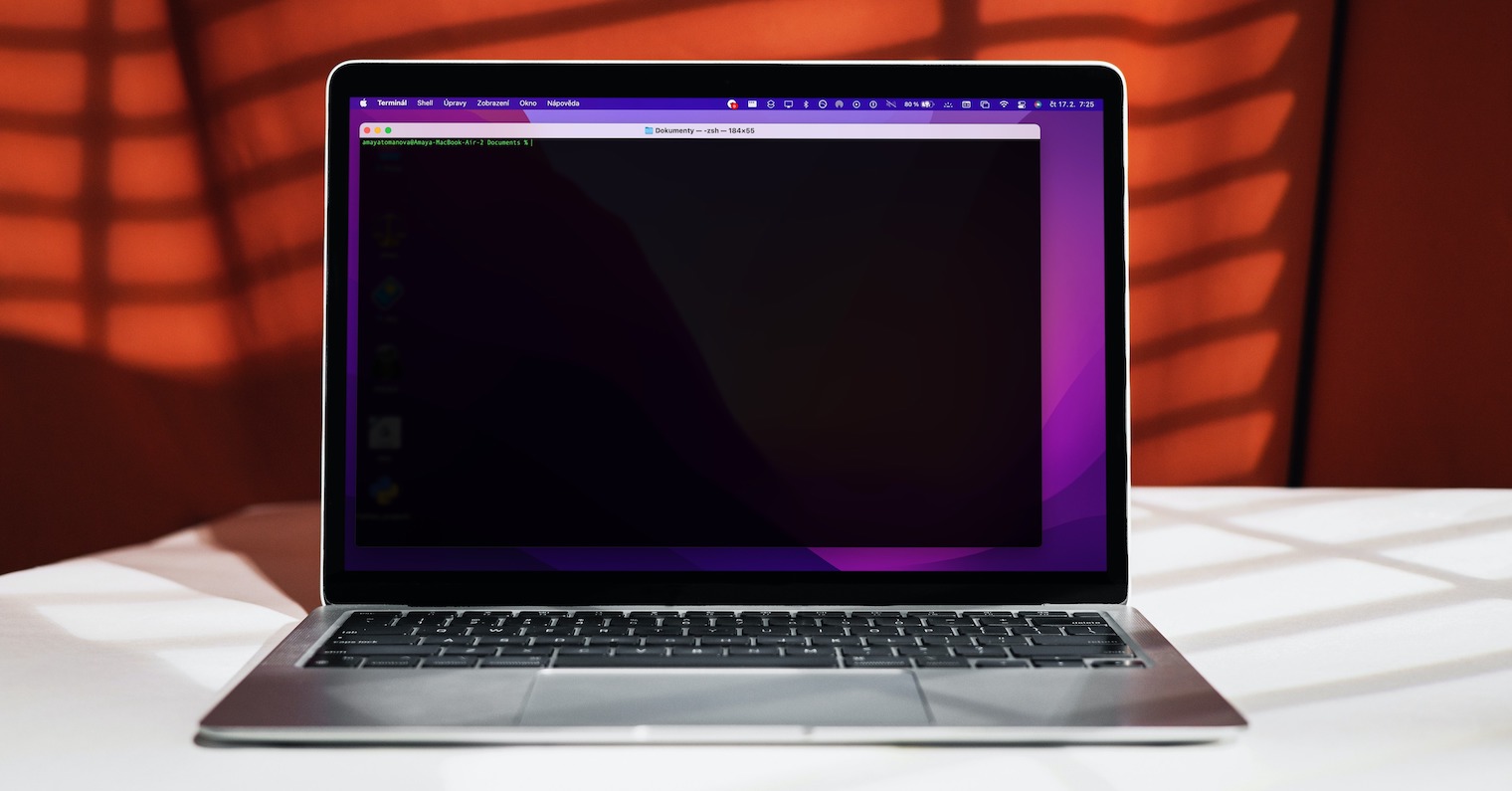
A flood of emoticons
Have you taken a liking to a particular emoji and would like to brighten your mood by literally flooding the Terminal window with your favorite image? Open Spotlight using Cmd + Space and type "Terminal" in the search box. Then just enter the following text in the Terminal:
ruby -e 'C=`stty size`.scan(/\d+/)[1].to_i;S=[“2743”.to_i(16)].pack(“U*”);a={}; loop{a[rand(C)]=0;a.each{|x,o|;a[x]+=1;print "\ ❤️ "};$stdout.flush;sleep 0.1}'
while replacing the emoji with your favorites. Press Enter to start the animation, you can end the flood of emoji by pressing Ctrl + C.
Star Wars in ASCII
ASCII stands for "American Standard Code for Information Interchange". It is a set of characters used in computer science. For a while, the so-called ASCII art, i.e. pictures made up of these characters, enjoyed great popularity. It probably won't surprise any of you that even Star Wars Episode IV is done in ASCII art. To start it, just enter the following command in the Terminal: nc towel.blinkenlights.nl 23 (for Macs with macOS Sierra and later), or this command: telnet towel.blinkenlights.nl (for Macs with an older version of the operating system). After entering the command, press Enter, press Ctrl + C to end playback.
Custom banner
Would you like to have your own sign made up of crosses displayed in the Terminal? Then there is nothing easier than entering the following text into the Terminal command line on your Mac: banner -w [banner width in pixels] [requested banner] and press Enter.
Historical facts
In Terminal on Mac, you can also have brief historical facts associated with specific names displayed. Just enter the text in the command line cat /usr/share/calendar/calendar.history | grapefruit, followed by a space and the appropriate name. For obvious reasons, this command only works with a limited group of selected names, but you will almost always find the English form of most common names.
Talking Mac
Many of you may be familiar with this command. This is a simple command that will "make" your Mac speak out loud. First of all, of course, make sure you don't have the sound muted on your Mac. After that, all you have to do is type a command into the Terminal command line on your Mac say followed by the text you want your Mac to speak. Press Enter to run the command.
It could be interest you
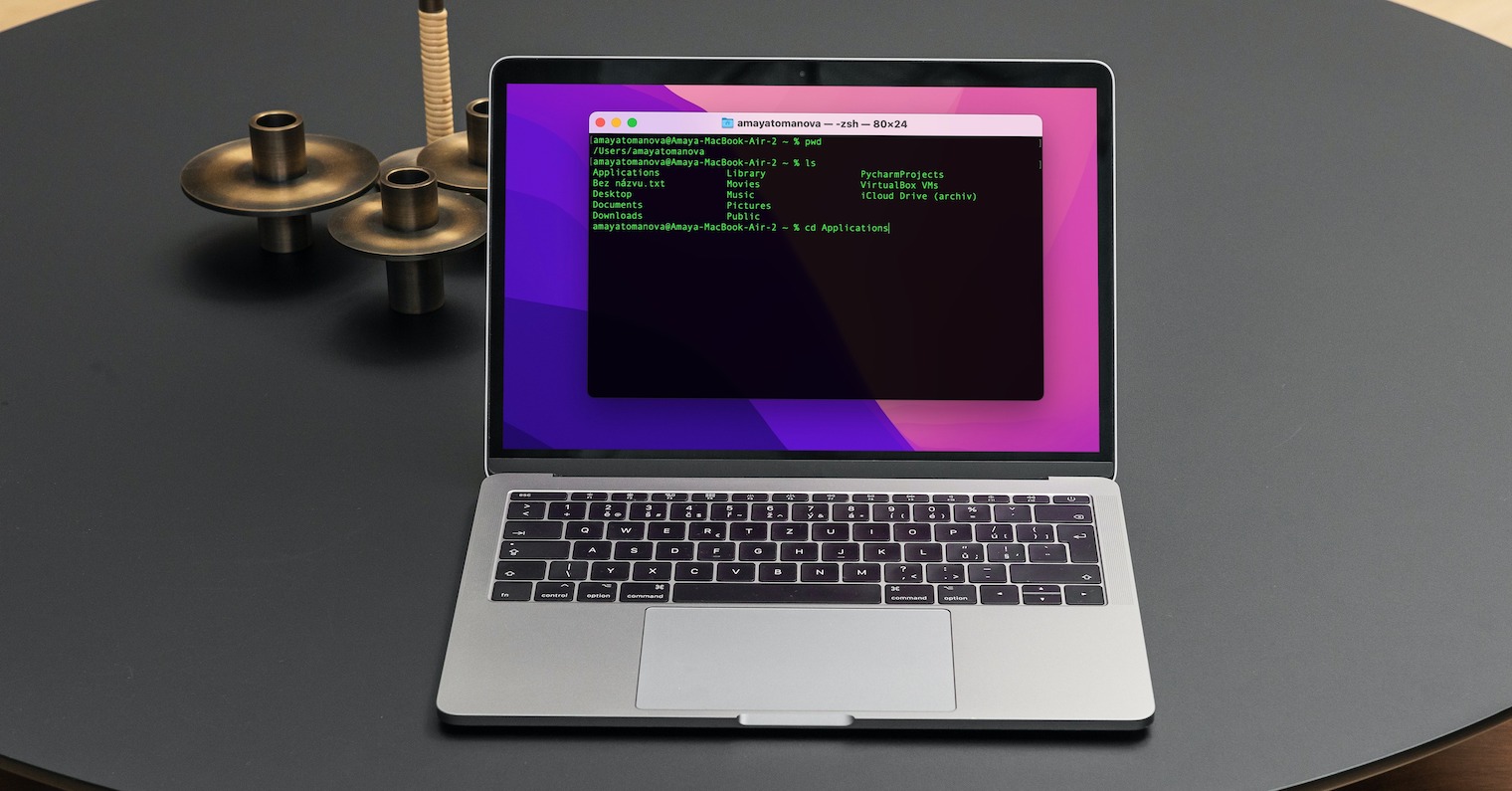
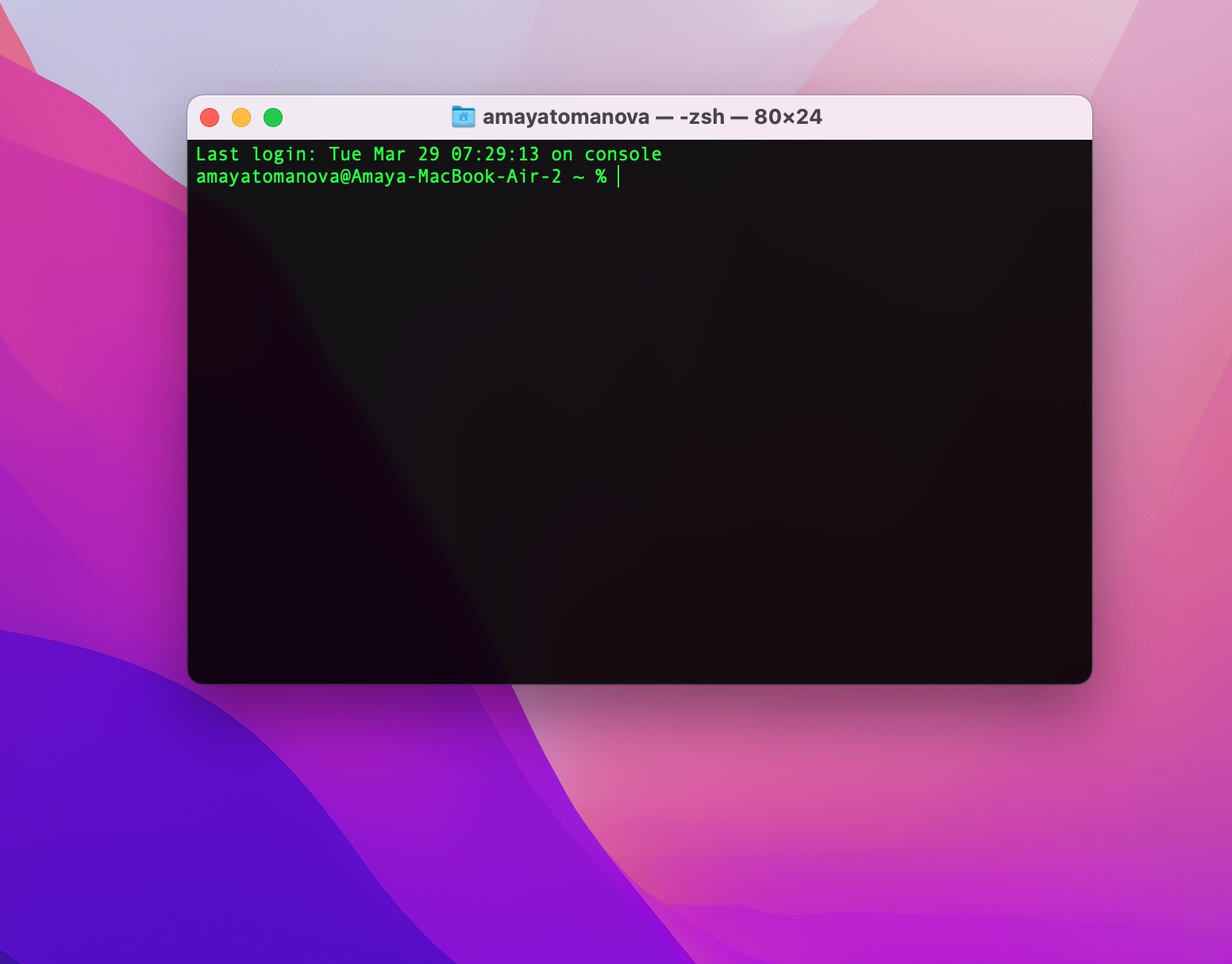

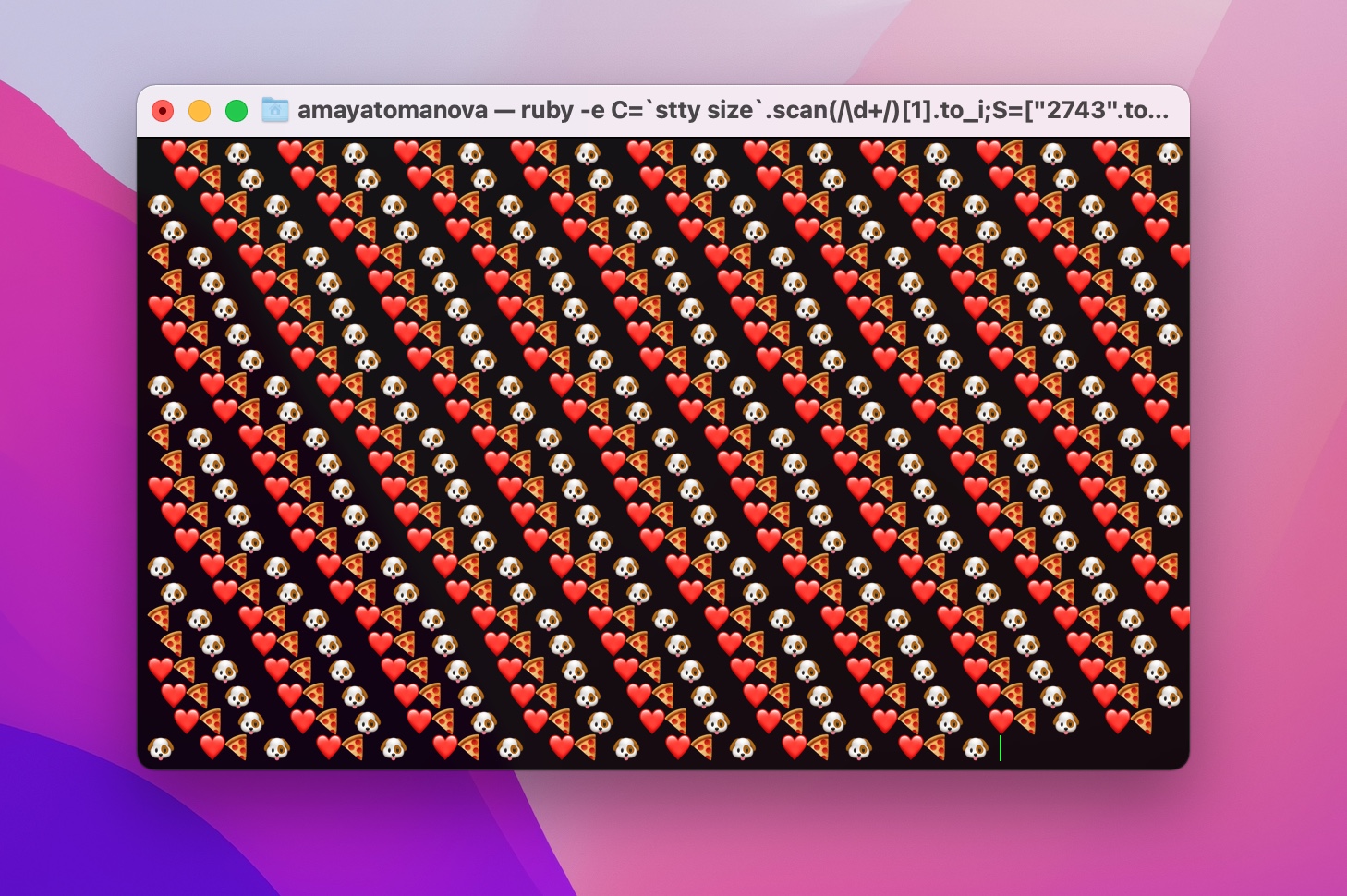
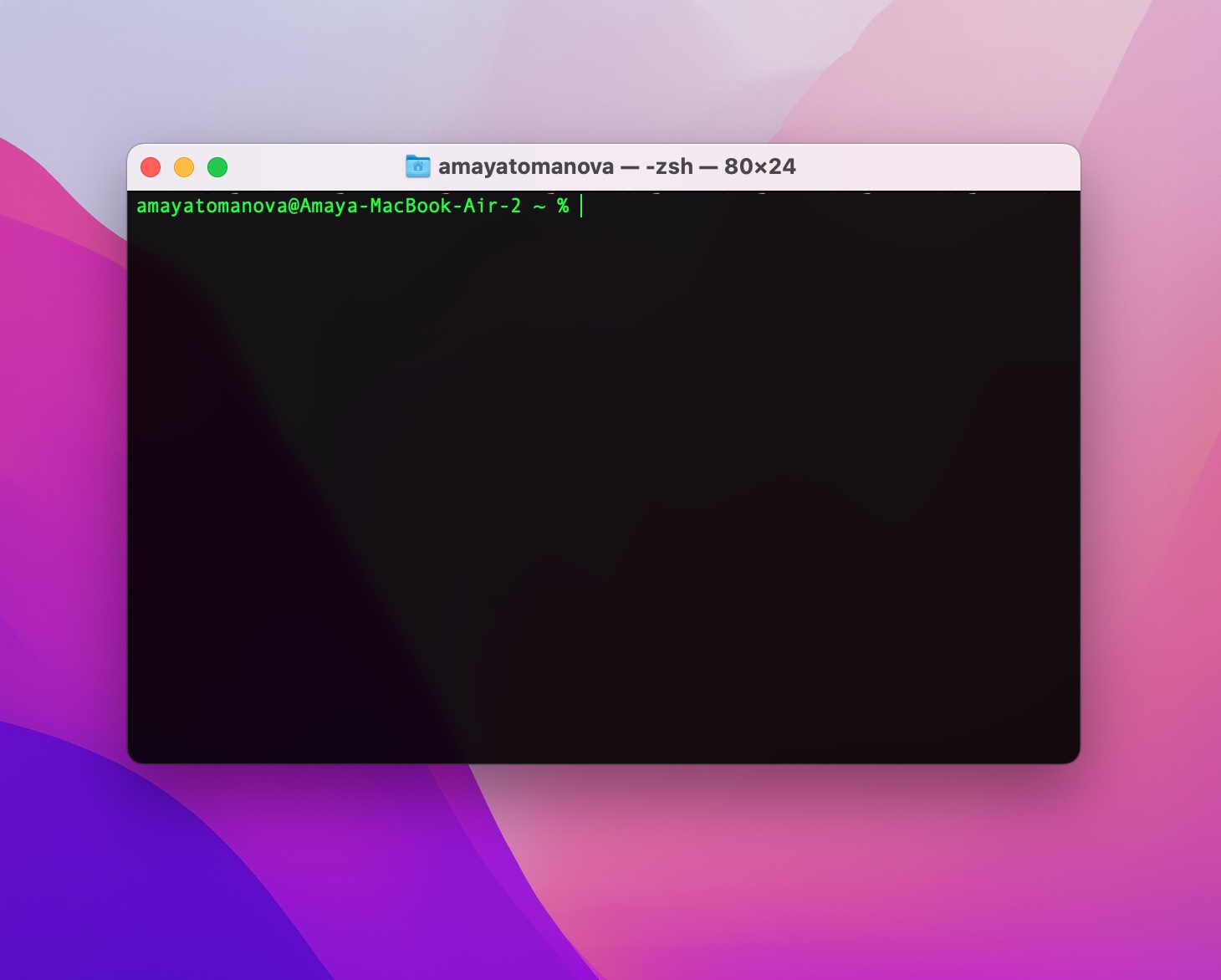
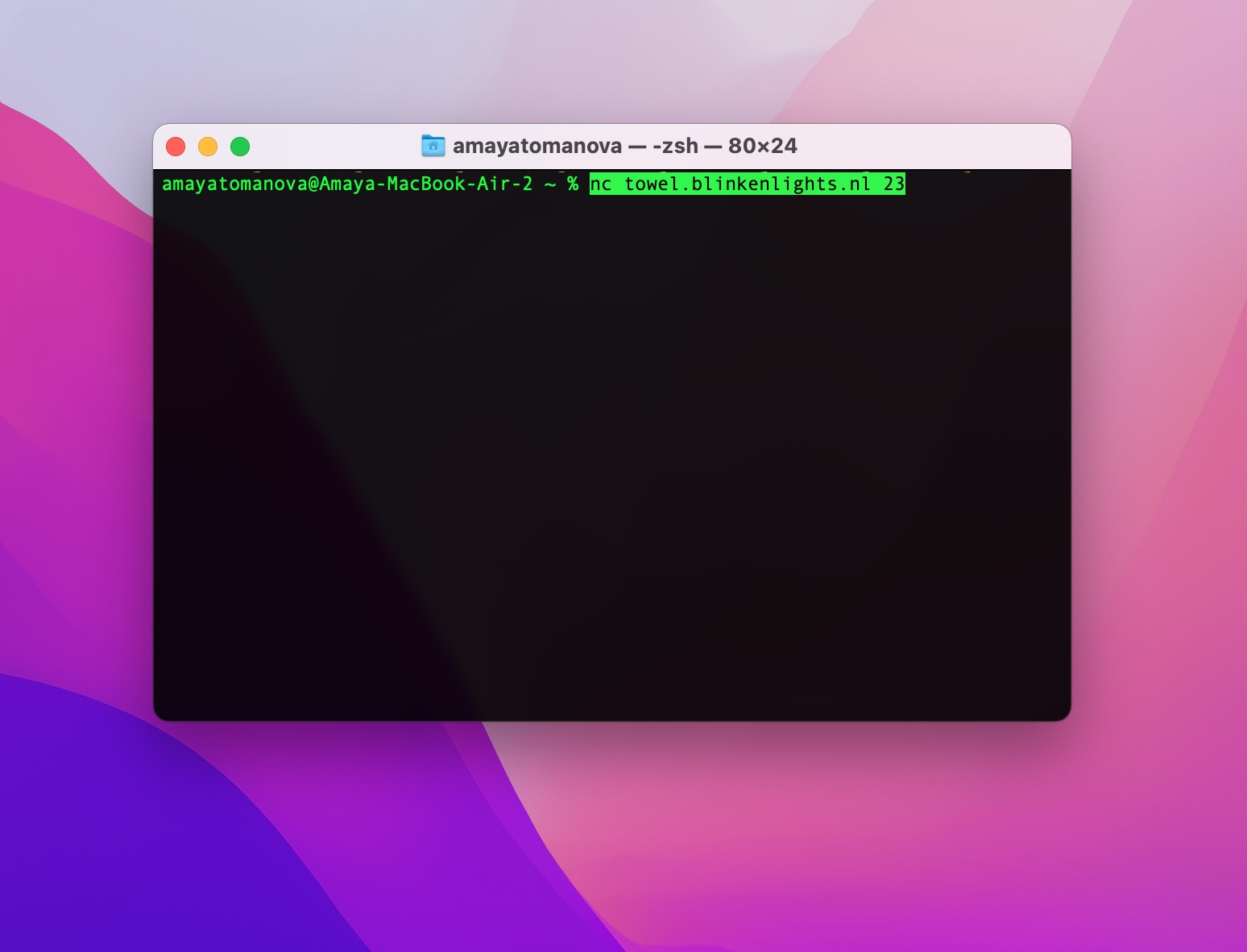
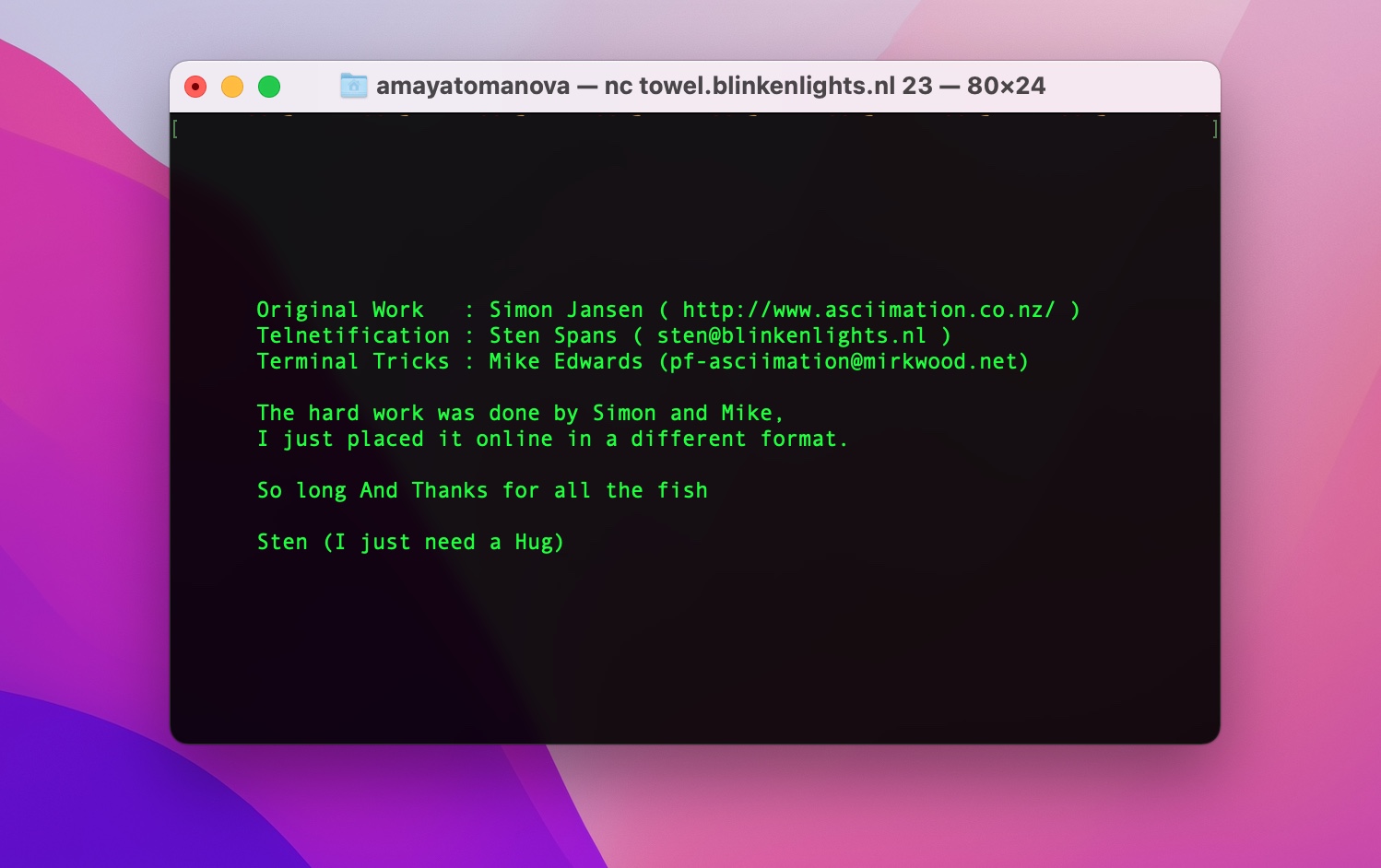
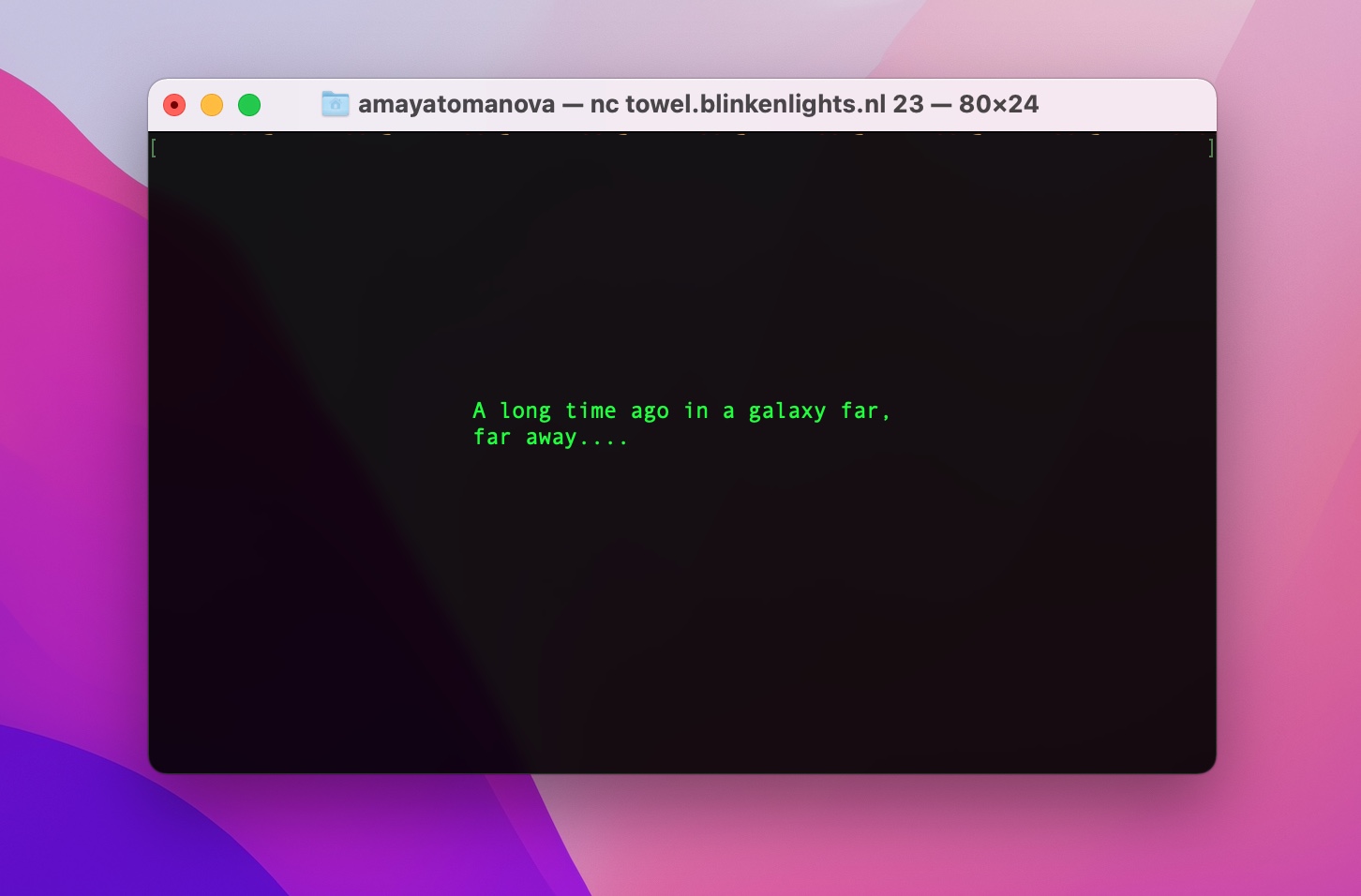
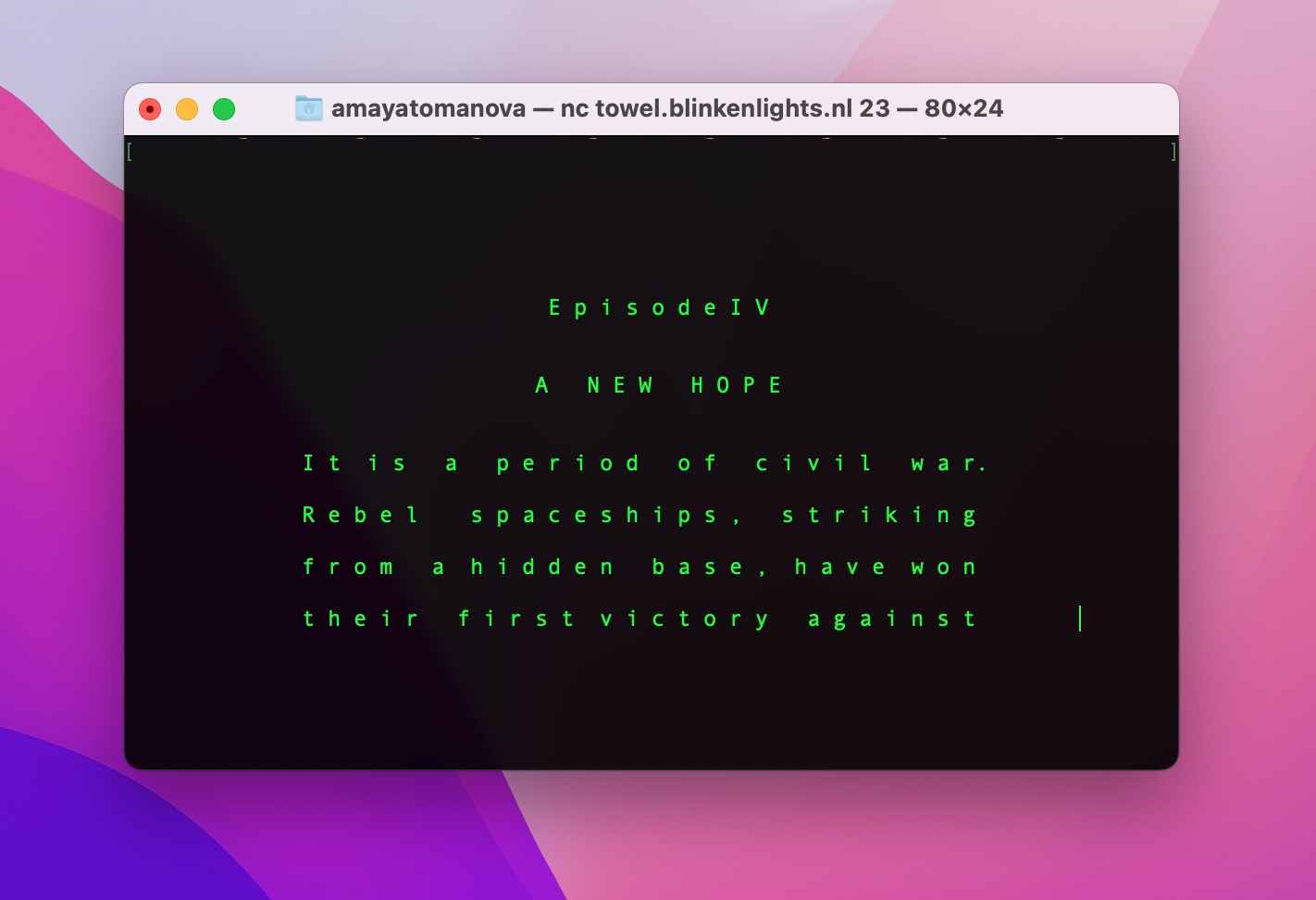



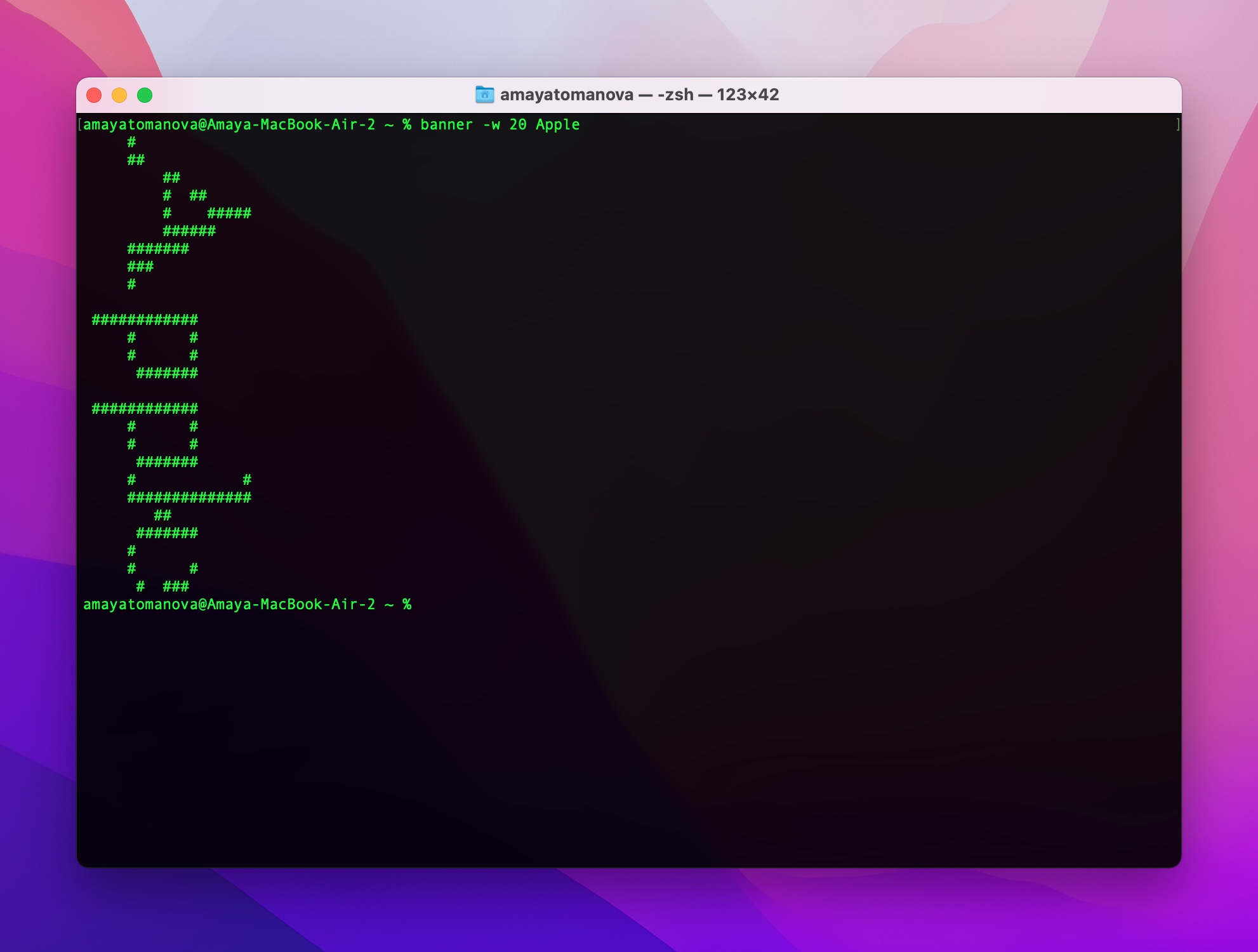


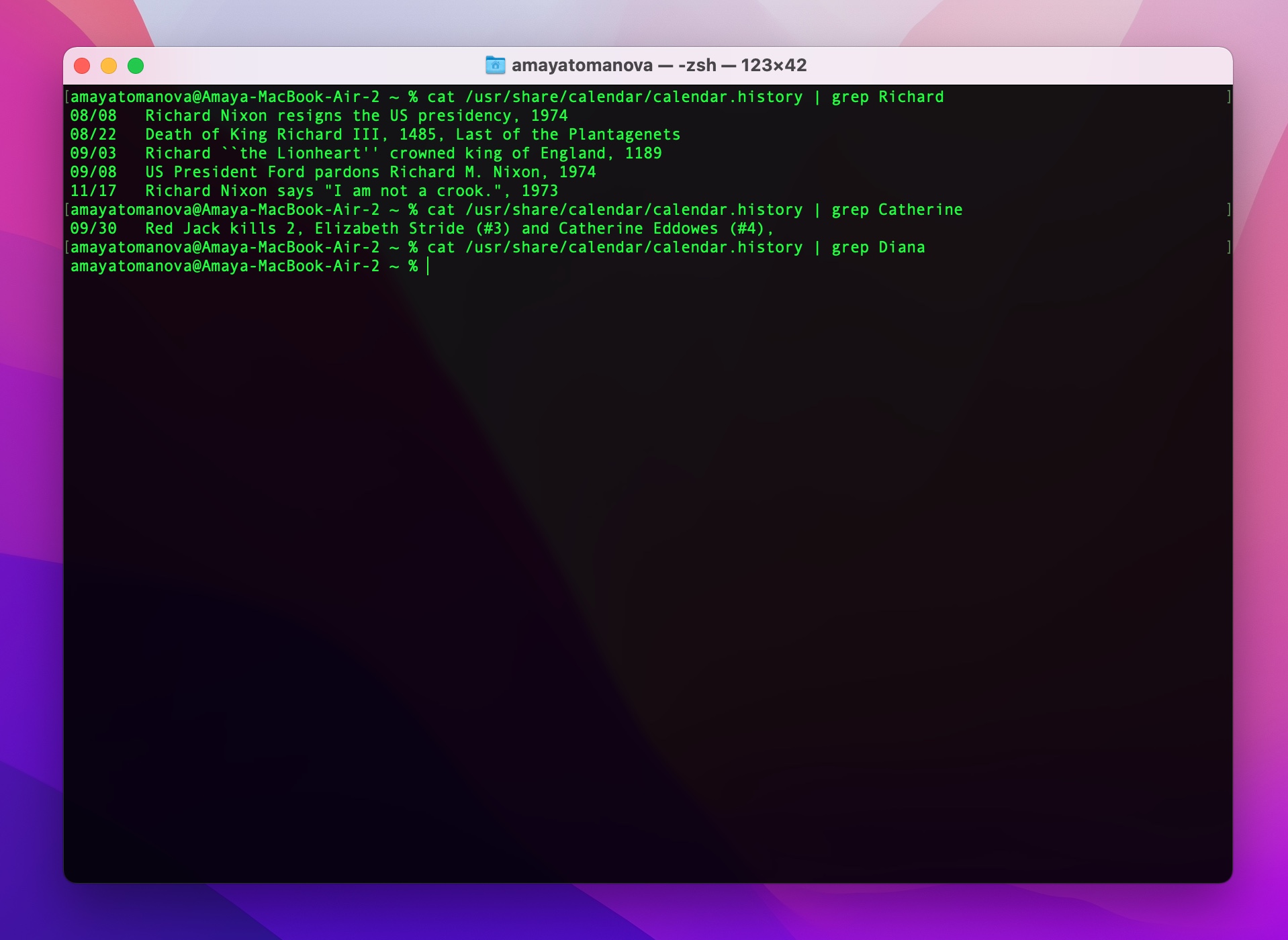
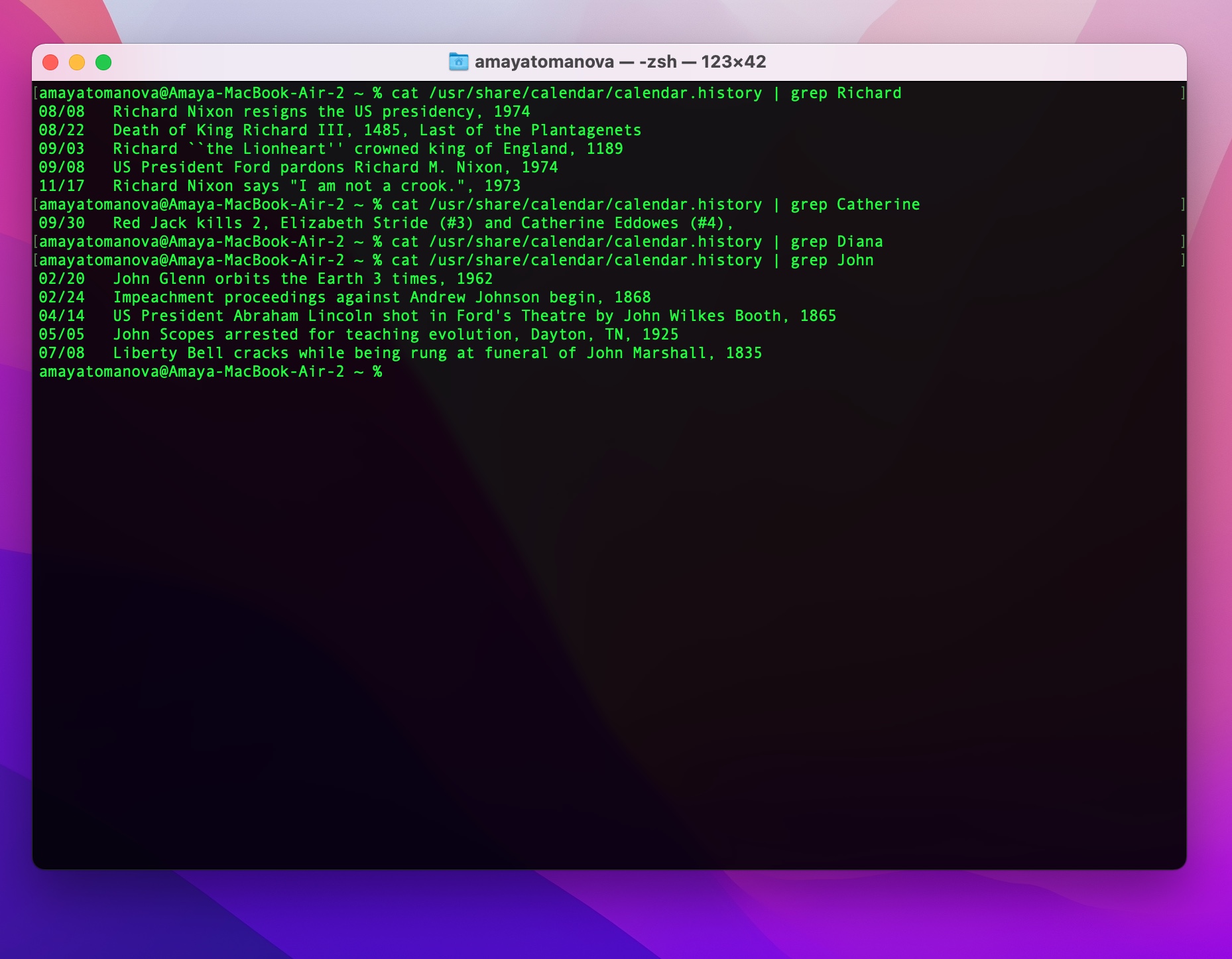
"Flood emoticon" not working: zsh: parse error near `}'